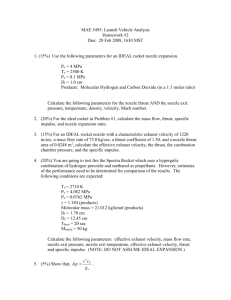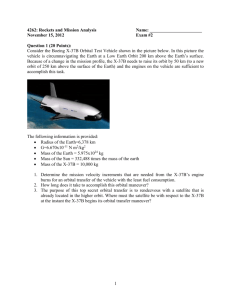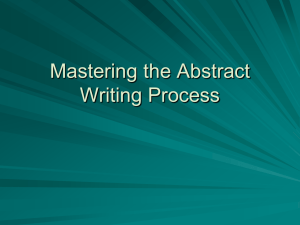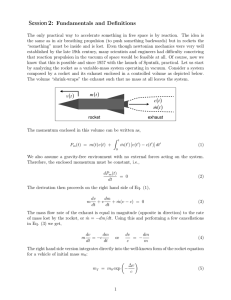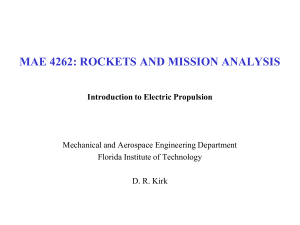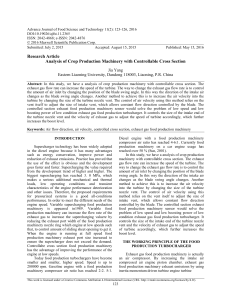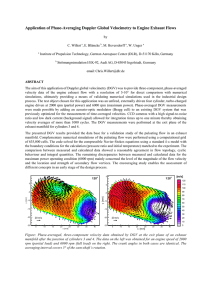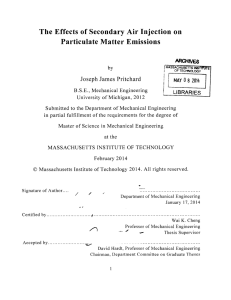What is the relation between exhaust velocity and specific
advertisement
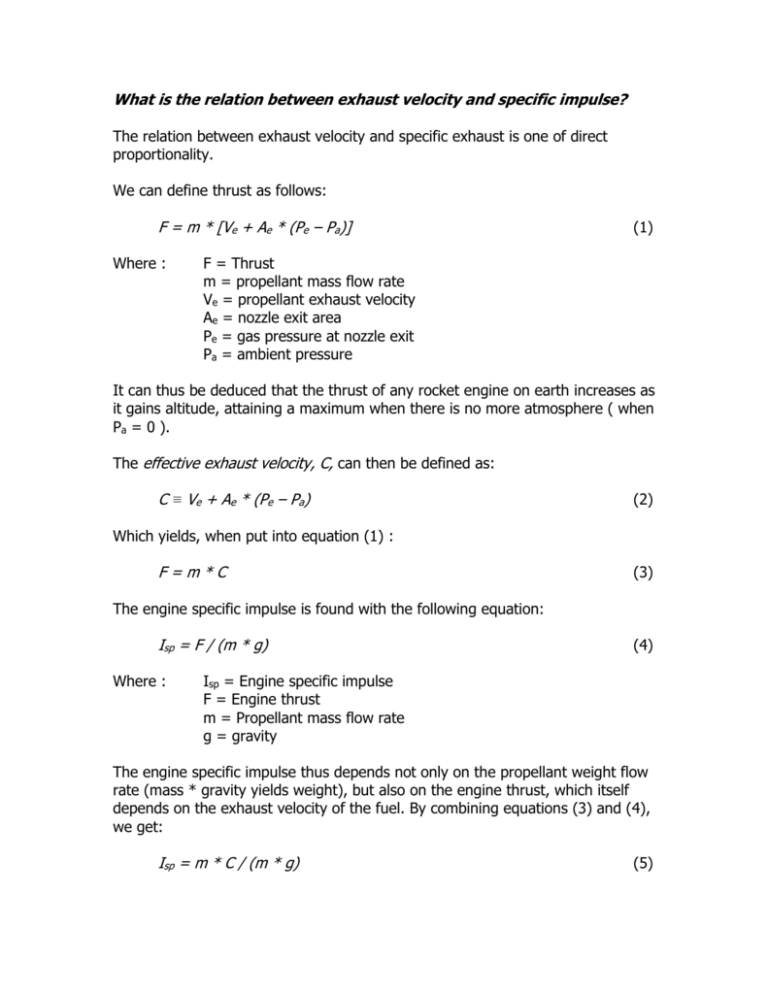
What is the relation between exhaust velocity and specific impulse? The relation between exhaust velocity and specific exhaust is one of direct proportionality. We can define thrust as follows: F = m * [Ve + Ae * (Pe – Pa)] Where : (1) F = Thrust m = propellant mass flow rate Ve = propellant exhaust velocity Ae = nozzle exit area Pe = gas pressure at nozzle exit Pa = ambient pressure It can thus be deduced that the thrust of any rocket engine on earth increases as it gains altitude, attaining a maximum when there is no more atmosphere ( when Pa = 0 ). The effective exhaust velocity, C, can then be defined as: C ≡ Ve + Ae * (Pe – Pa) (2) Which yields, when put into equation (1) : F=m*C (3) The engine specific impulse is found with the following equation: Isp = F / (m * g) Where : (4) Isp = Engine specific impulse F = Engine thrust m = Propellant mass flow rate g = gravity The engine specific impulse thus depends not only on the propellant weight flow rate (mass * gravity yields weight), but also on the engine thrust, which itself depends on the exhaust velocity of the fuel. By combining equations (3) and (4), we get: Isp = m * C / (m * g) (5) Simplifying the equation, we get : Isp = C / g (6) This gives the expected result, that the engine specific impulse is directly proportional to the effective exhaust velocity. By examining the definition of the effective exhaust velocity in equation (2), the link between the propellant exhaust velocity, Ve and the engine specific impulse becomes readily apparent. It can thus be concluded that one way to increase the specific impulse of an engine, and thus its effectiveness, is to increase the exhaust velocity of its propellant.

